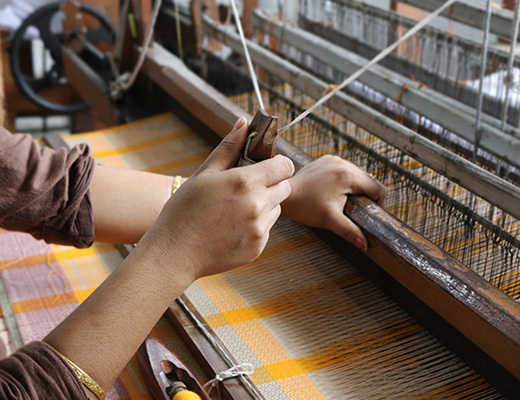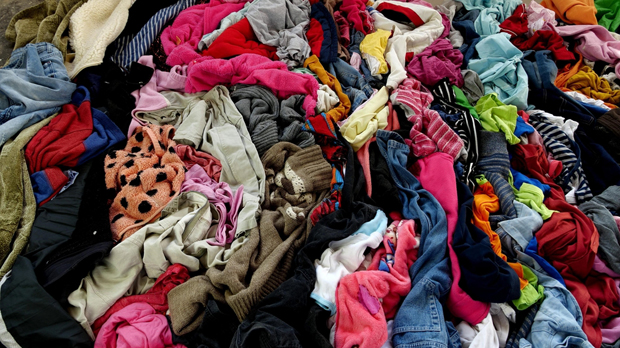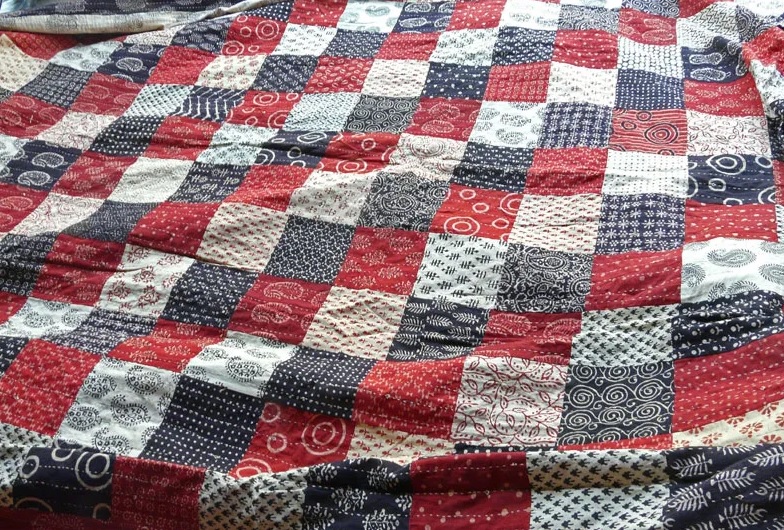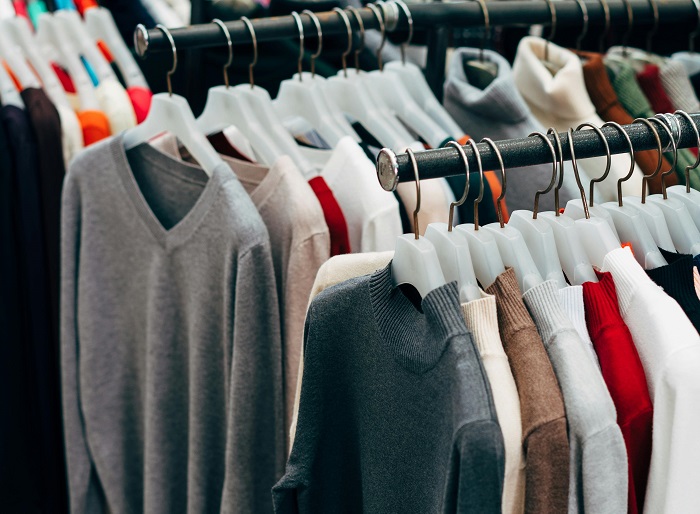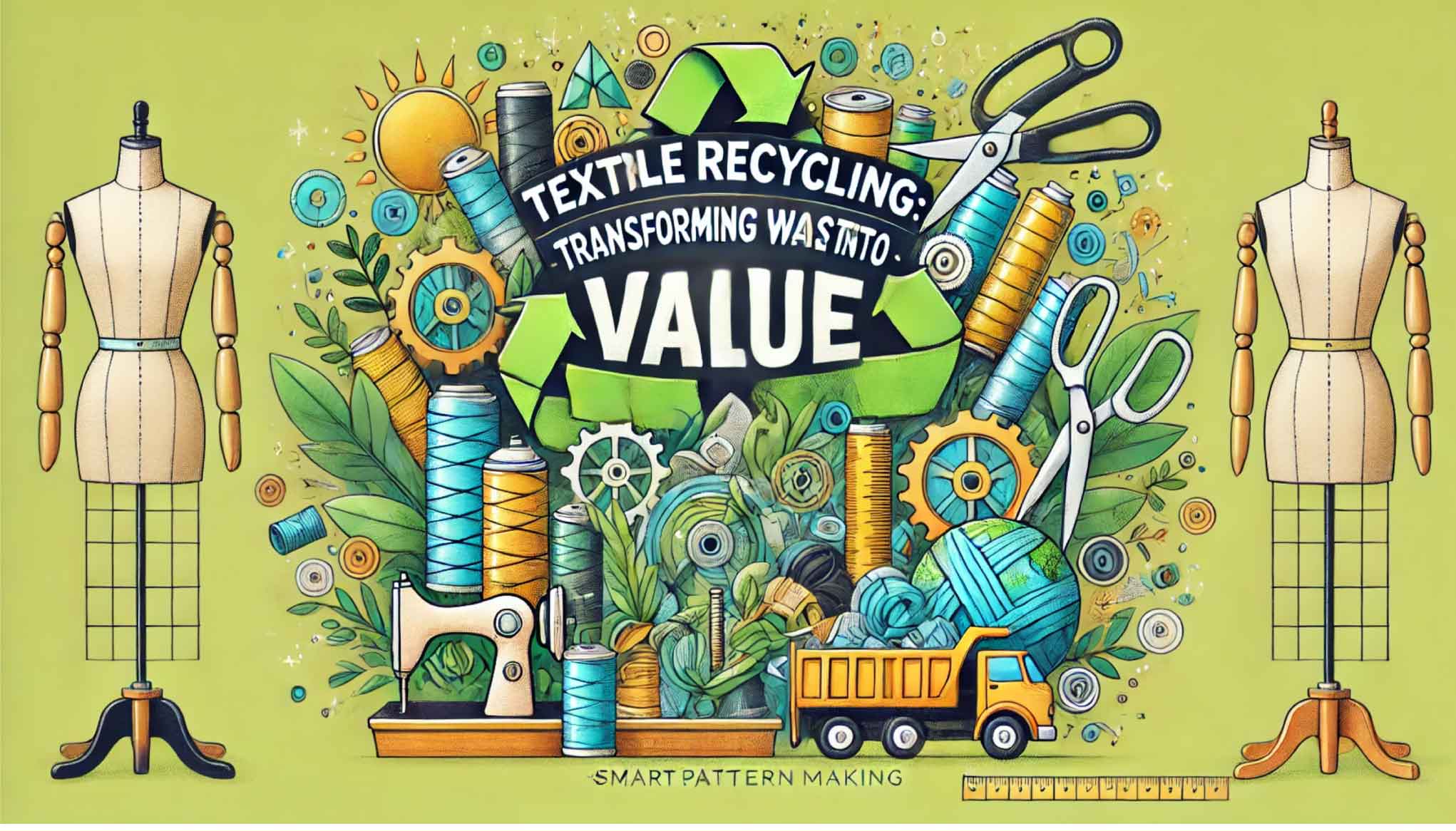Demand for Australian wool in China has improved slightly. Overseas customers are waiting and reviewing again as caution prevails. The fake-fur season is considered over for now so processing trade must look to more normal regular items and lines of production. Gone are the traditional worsted suits and cheap V-neck sweaters that made up the corporate wardrobe for millennials entering the workforce. They are replaced by chinos (containing a high percentage of wool) and polos, tees and a multitude of knitted garments in various layers. High worth millennials are choosing a natural product like Merino while those with less worldly experience are buying polyester/nylon. Topmakers and traders are just looking to survive on a daily basis given the battering they have weathered with the recent downturn in prices.
Retailers are hoping that consumer confidence will not get waylaid in the lead up to Christmas. Spinners and knitters are looking at the topmakers and scouring parties and wondering how they can transfer some of their pain from previous high contract prices back to them. Unlike other fibers such as cashmere or silk, angora or mohair, it’s only wool that has so many different organisations and boards to oversee the production, packaging, testing, selling and shipment of the underlying raw material.
Faced with uncertainties, wool market turns cautious
- 1
- 2
- 3
- 4
- 5
- 6
- 7
- 8
- 9
- 10
India emerges a key player in the shifting landscape of US apparel sourcing
A recent report by the United States International Trade Commission (USITC) highlights a significant shift in global apparel sourcing strategies,... Read more
Innovation weaving India’s textile industry’s growth story
India, a major player in the global textile industry is no longer just a manufacturing hub, it is fast emerging... Read more
Europe's textile recycling industry teeters on the brink of collapse
Europe's once-thriving textile sorting and recycling sector is facing an unprecedented crisis, surpassing even the challenges faced during the COVID-19... Read more
India's New Textile Policy: A bold vision or a patchwork quilt?
The Union government has just unveiled its ambitious Textile Policy for 2024, aiming to revitalize the nation's textile industry and... Read more
Survey highlights Australia’s clothing disposal habits
Australia faces significant challenges with textile waste, as over 90 percent of discarded clothes have the potential to be reused... Read more
China's dominance continues in apparel trade, India eyes growth: Wazir Advisors …
The latest apparel trade data for August 2024, as analyzed by Wazir Advisors in their monthly ‘Apparel trade scenario in... Read more
Textile waste recycling is weaving a sustainable future, creating business oppor…
Mountains of discarded clothes, overflowing land fills, and polluted waterways bear witness to global textile and apparel industry's unsustainable practices.... Read more
One Denim: Revolutionizing denim design with sustainability at its core
With fast fashion and overflowing landfills, the denim industry is facing a reckoning. The constant demand for new styles and... Read more
India's New Textile Policy: A bold vision or a patchwork quilt?
The Union government has just unveiled its ambitious Textile Policy for 2024, aiming to revitalize the nation's textile industry and... Read more
Luxury's resilience amidst global headwinds, as study reveals a €1.5 trillion ma…
Despite a year marked by geopolitical tensions and economic uncertainties, the global luxury market showed remarkable resilience in 2023, surpassing... Read more


